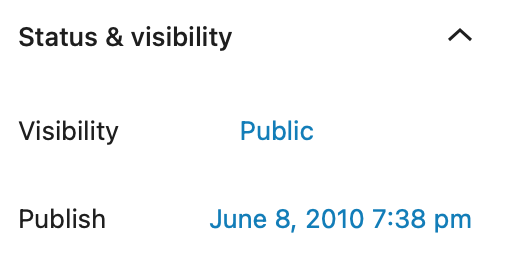Lets get something out in the open. I’m really picky, particularly with consumer electronics. I expect something to work as advertised, intuitively, smoothly and without crashing. I’ll quickly dismiss a device over things others will quickly get over. The Western Digital TV Live Media Player is one such device that got great reviews that I simply couldn’t stand. It was advertised as a product that could play virtually any file format either through an attached USB device or through a network connection. What I found was it “could” do some of those things but only some of the time. It repeatedly crashed, treated the same file different based only on the file extension and in the end, the product was a nightmare to own and I quickly sold it.
So anyway, lets talk about Android. Recently the on call phone that is passed around between myself and two of my co-workers was replaced by a Droid2 (which I pushed for). The Droid2’s hardware is top notch. It has a high quality feel to it and a great, to my eyes, screen. I haven’t had much time with the camera so I really can’t say much about it.
Android on the other hand is a mixed bag and as my co-workers pointed out today, this is where my picky tendencies just get out of control. I find many parts of the Android OS to look fantastic, especially when not in motion, and have a polished feel, while other parts just feel half-assed. For example, waking the Droid2 from sleep quickly fades the screen into view which looks very elegant. You are then offered two basic options using the same motion, just in different directions. Pull the tab on the left to the right and you unlock the phone. Pull the tab on the right to the left and you toggle between vibrate only mode or sounds on. These are great except the animation of either tab looks rather poor. Once the phone is unlocked, the lock screen fades away to reveal the default interface, which again looks great and is very smooth. This disparity between how the screen fades so smoothly and poor unlock animation breaks the continuity of the experience. The two bits feel like different parts when they should feel as if they’re all one part melded together.
As a long time iOS user, if there is such a thing, there are other parts to the Android experience that really stick out. One of them is text input. So far, I have yet to find a text entry box that brings up the keyboard by default. For example, open the Gmail app and compose a new message. The keyboard won’t show unless you tap the To: field even though the To: field is focused by default. Another example. Add the Android News and Weather widget by doing a tap and hold on the a screen. Once added, attempt to manually add a location. You will be faced with an all black screen with a single text entry field that has focus and a magnifying glass to the right of it. There will be no keyboard even though clearly this is the only text box and the only thing to do on that form is enter text. Touching the already focused text box will cause the keyboard to appear allowing you to enter text. If you then click the done button on the keyboard the keyboard goes away and then nothing happens. You have to click the little search icon instead. I find this incredibly irritating.
Another surprisingly jarring thing is that list views aren’t able to scroll past either ends. The ability for a list view to scroll slightly past the top or bottom of the list provides a visual cue that you’ve reached the top or bottom of a list of items. On Android, the scrolling simply stops but you don’t always know that it has stopped because it is out of items or because it isn’t registering that you want it to scroll. In other cases where the entire list contains just enough items to fill the whole screen, you again can’t really tell if it isn’t scrolling because there are no additional items, or if the screen isn’t meant to scroll or if the hardware isn’t “getting” your gesture.
Speaking of scrolling. Android’s response to touch is great except for initiating a scroll, either up and down or left and right. It seems to take almost twice as much distance for Android compared to iOS to realize you want to scroll a list view or move between screens. Once Android begins scrolling, the animation looks poor and full of judder. Again, this distracts from an otherwise pleasant experience.
All that said, this phone is far superior to the previous phone that was Windows Mobile based. Windows Mobile wasn’t great then and compared to what is available today was positively atrocious. I think Android has come a long way in a short amount of time and I hope Android can close the experience gap with iOS in future releases. Until then, I consider Android versus iOS to be like Windows 7 vs OS X. While I prefer iOS or OS X, having to use Android or Windows 7 isn’t a step backwards, it’s just a different way of doing things.

